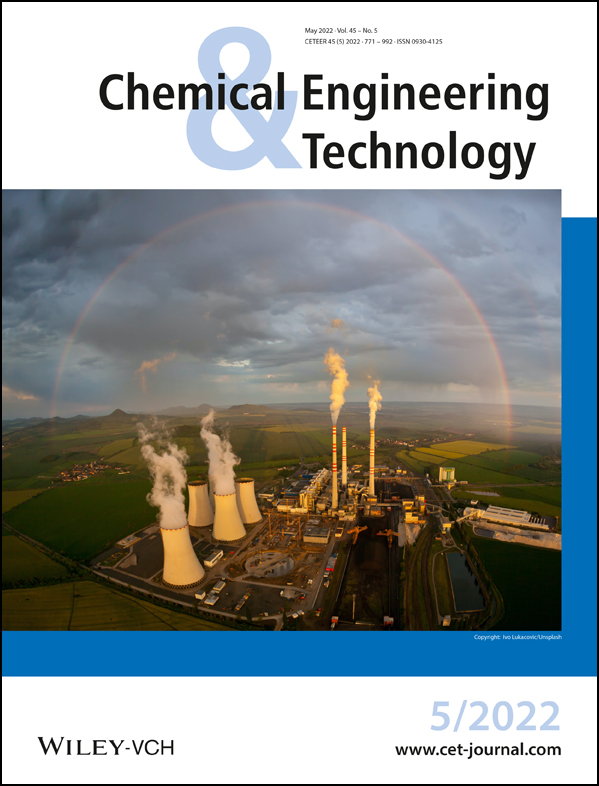Production of Styrene from Dehydrogenation of Ethylbenzene
Abstract
A pseudo-homogeneous model based on intrinsic rate equations for dehydrogenation of ethylbenzene to styrene in an adiabatic fixed-bed reactor is developed. Steam and ethylbenzene are the main reactants with styrene as the desired product, and benzene and toluene as by-products. Styrene production is an endothermic reaction depends on various factors such as temperature, pressure, steam to ethylbenzene ratio, styrene to ethylbenzene ratio in feed. These factors affects the properties like styrene selectivity, ethylbenzene and by-product conversion etc. The development of the mathematic model includes the application of mass balance, energy balance, and basic thermodynamic relations, momentum balance, Langmuir and Hinshelwood model, Ergun relation, etc. The effects of temperature as well as of the steam-to-ethylbenzene and styrene-to-ethylbenzene molar ratios in the feed on the selectivity for styrene, ethylbenzene conversion, and conversion to by-products are also evaluated. The maximum selectivity for styrene can be achieved at increased steam-to-ethylbenzene feed ratio and a lower ethylbenzene conversion.




